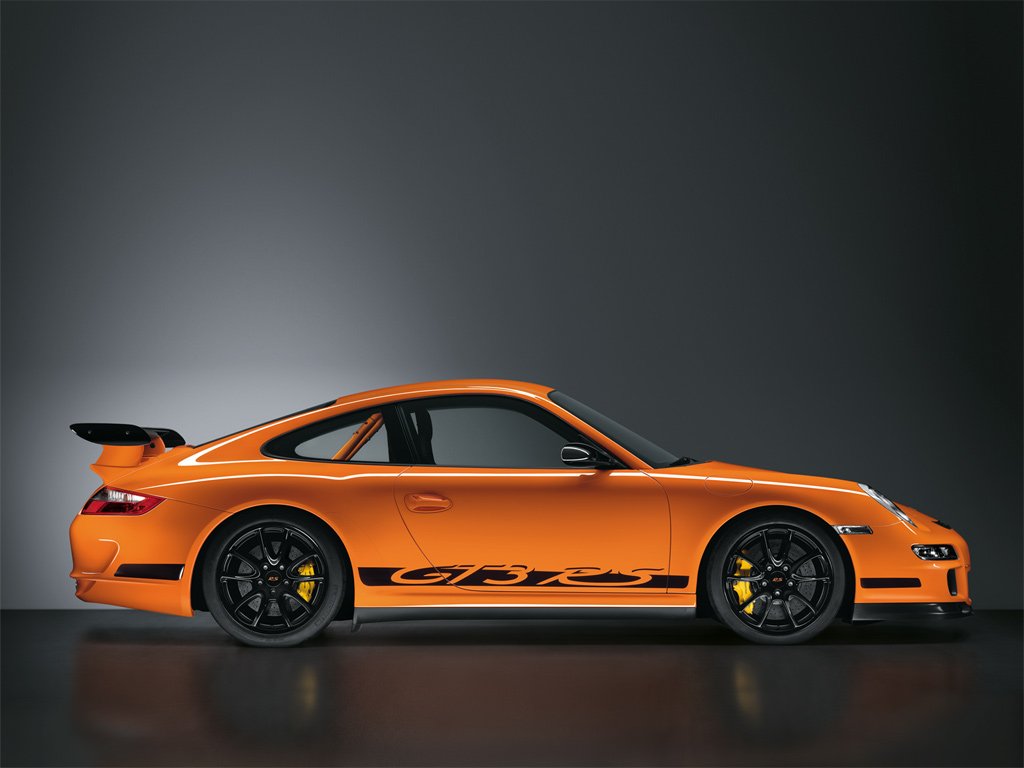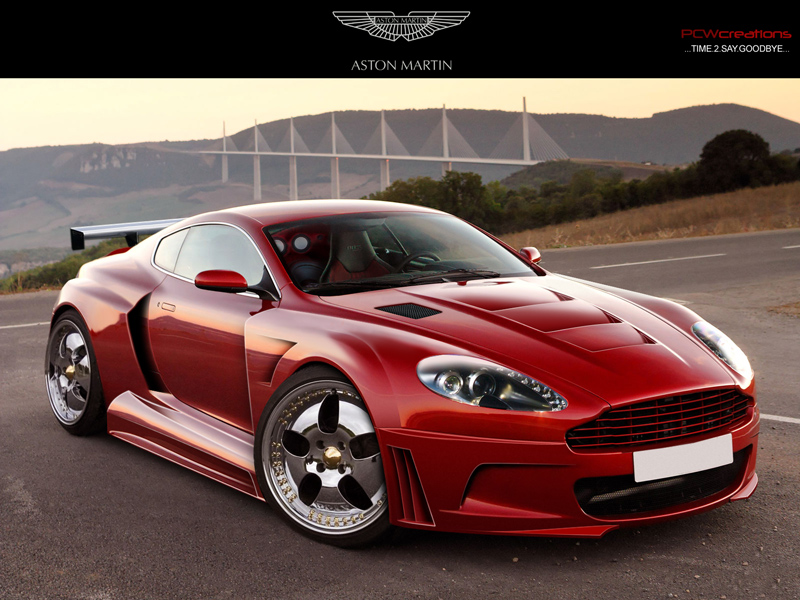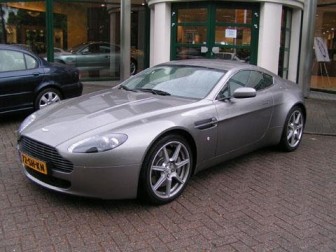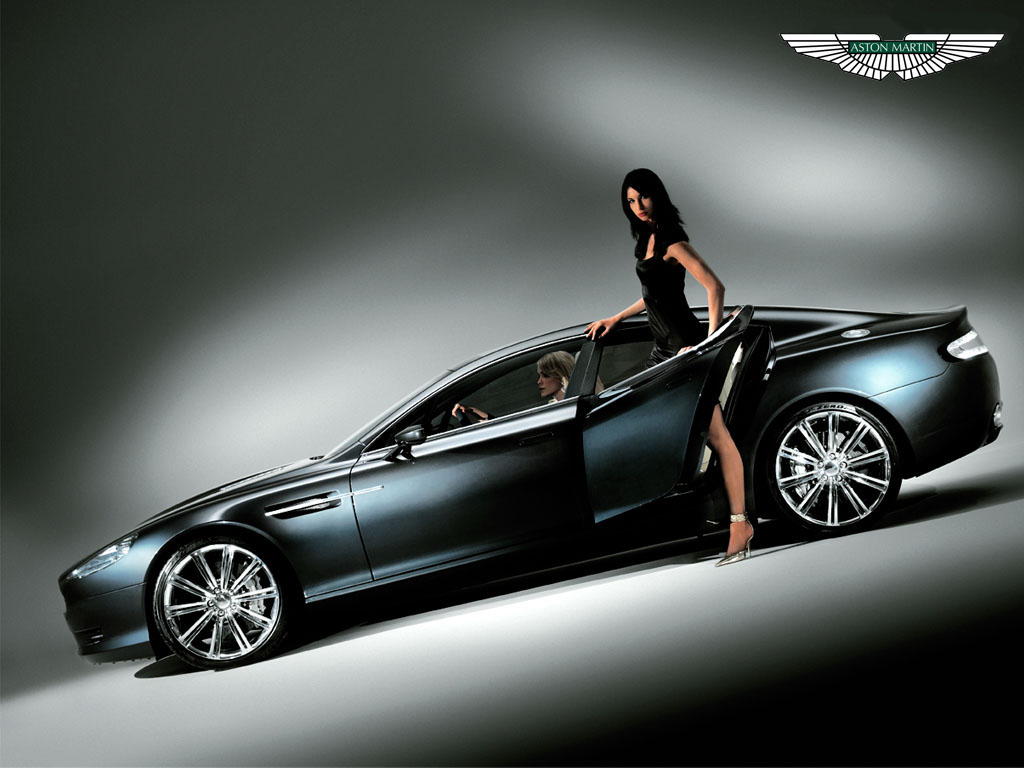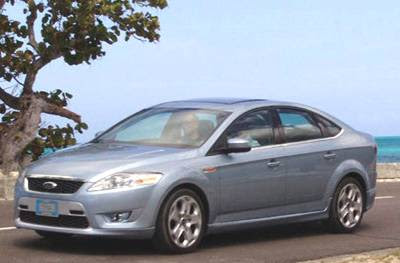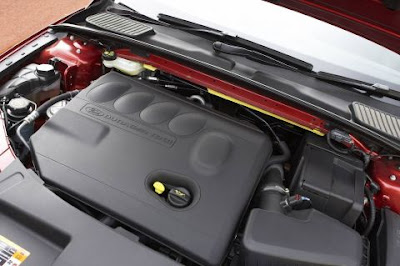
If the economic downfall of 2008 had happened just a few years earlier, the Chrysler 300C SRT8 probably wouldn't exist. Think about it: when the nation was on the verge of $4.00/gallon gasoline and people were doing everything possible to get out of their fuel-sucking SUVs and into smaller, more efficient vehicles, a 425-horsepower flagship sedan with a free-breathing 6.1-liter Hemi V8 doesn't make a whole lot of sense. But then again, did it ever?
The 300C SRT8 is the product of a pre-castrated Chrysler. This was a time of Viper-powered Rams, Hemi-powered Jeeps and SRT-badged Neons. "You want it, you got it." Chrysler wanted the 300C SRT8 to start a new trend of muscle sedans – a land where quarter-mile times reigned supreme, and booming exhaust notes were all that mattered. This trend never really caught on (save the Cadillac CTS-V, which has been honed to be one hell of a machine), and at the end of the day, Chrysler was left with a big, heavy, powerful sedan that didn't offer much in the way of refinement and carried a near-$50,000 price tag.
But despite its flaws – and there are quite a few – we still think of the 300C SRT8 as a guilty pleasure. It has all the ingredients of an American muscle car wrapped in a four-door, luxury(ish) package.
First shown in concept form at the 2003 New York Auto Show, the 300 really drove home the retro-inspired styling language that Chrysler infused into most of its products in the early 2000s. And to this day, we're still fans of the 300's design, particularly in SRT guise. All perimeter surfaces of the car are flat, and with the lowered stance and bigger wheels, it's simply striking, standing in stark contrast to the swoopy, fluid designs that have come to light in recent years. Yes, the 300's look is aging, and a new car is in the works for the 2012 model year, but we'd never use terms like "ugly" or "weird" to describe its appearance, and it still stands out in a good way.
The high beltline, narrow greenhouse, minimal front overhang and pronounced wheel arches on the 300C SRT8 go a long way towards hinting at the model's performance potential. In fact, for many years, a special SRT Design trim level was offered on the 300, which added the more aggressive front fascia (revised grille and lower lip spoiler), 20-inch Alcoa forged alloy wheels and slightly lowered ride height to models equipped with the less powerful (and less awesome) 5.7-liter V8. The SRT8 trim is the only thing that keeps the 300C's design in the front of our minds, especially since lesser V6 models tend to look lanky and somewhat disproportionate.



The interior, however, is a place where the 300's design hasn't managed to retain any sort of longevity. It's relatively bland, fronted with odd fittings like the oversized steering wheel, thick A-pillars and a deep dashboard, and when paired with Chrysler's poor interior refinement, it's a bad fit in a sedan that carries a near-$50,000 price tag. What's more, SRT8 cabins don't stand apart from what you'd find in less-costly models, save the aluminum trim and suede-like material that wraps the top quarter of the steering wheel. The big improvements to the 300's interior, though, are the SRT-specific seats, which are extremely comfortable and supportive – the sort of seats you'd want for cross-country drives. Really, we can't praise these chairs enough, and they go a long way in making the 300's interior a more livable environment. In every other regard, though, the quality of all cabin materials are below par at best – clunky plastics, shoddy fittings of trim around the gear shifter and radio/HVAC controls, and scads of other issues remind you this is what passed for a domestic bread-and-butter sedan in the early half of the last decade.
If you can get past the fact that the interior doesn't feel as nice as it should given the price, the functionality and usability isn't all that upsetting. Our top-trim test car was packed with all the latest and greatest convenience and comfort amenities – heated seats, sunroof, dual-zone climate control and auxiliary input/iPod integration worked into Chrysler's UConnect navigation/infotainment system. No, the UConnect isn't as feature-rich as systems like SYNC, MMI, iDrive or COMAND, but it's extremely easy to use, and though the whole interface is somewhat outdated, we don't have many qualms. We like simple, intuitive infotainment systems, and UConnect sits well with us.




The 300 rides on Chrysler's LX platform, and with a wheelbase of 120 inches, there's a ton of room for rear seat occupants – 40.2 inches of legroom, to be exact. Even up front, the legroom and shoulder room is more than accommodating. The problem, though, is that because of the low roof and high beltline, headroom is greatly compromised. You'll want to raise the driver's seat to get a commanding view of the road in front of you, but even your relatively short author (ringing in at five-feet, six inches) had issues with headroom. This is even more noticeable during ingress and egress, where you'll need to duck slightly to avoid hitting your head on the roofline. The headroom issue isn't as noticeable for rear seat passengers, but it's still a pain for getting in and out, especially since the back doors don't open nearly as far as you'd expect. Still, the rear seats are extremely comfortable (much like the buckets up front), and there were few complaints from passengers during our test.
All of these faults are immediately forgotten the first time you lay into the throttle and go blasting down a straightaway. The 6.1-liter Hemi roars to life and thrusts you forward with 425 horsepower and 420 pound-feet of torque; the five-speed automatic holding each gear to its peak when your right foot is pressed to the floor. It's a great feeling, and when you consider that the 300C SRT8 is a relatively hefty beast (4,160 pounds), the fact that it will rip off 0-60 mph times in the low five-second range is pretty impressive stuff. We don't even need to tell you how poor the fuel economy on something like this is, but we will anyway. If you tread lightly on the throttle, you can maybe (
maybe) achieve the EPA estimated 19 miles per gallon on highway jaunts, but we're willing to bet that the majority of owners will experience something closer to the 14.5 mpg that we recorded during our week-long stint.

Turn off the traction control and you can smoke the rear tires all day long; this engine inspires hooliganism, if only in a straight line. And when you are testing 0-60 and quarter-mile performance times, the large 14.2-inch Brembo brakes with four-piston calipers are a godsend for ultimate stopping power. The brakes aren't touchy, but they never feel soft or like there's a lack of stopping power underfoot, and stomping the pedal will quickly bring the big SRT8 to a halt devoid of unexpected front end chatter. Chrysler says that the 300C SRT8 will do 0-100-0 in just under 17 seconds, and considering its heft, that isn't too bad.
When the road gets twisty, however, the 300C SRT8 loses a lot of its charm. At 196.8 inches long and 74.1 inches wide, the SRT8 is a big sedan, and while the German automakers have done a good job of creating large saloons that aren't exactly slouches in the bends, the Chrysler does flop around when pushed down challenging roads. Its 4,000-plus-pounds are extremely noticeable in these scenarios, and while there's always plenty of power on tap for blasting down country roads, the somewhat floaty suspension and heavy, uninvolving steering do little to inspire driver confidence. There's a noticeable amount of body roll during turns, and while the large 20-inch wheels riding on performance-oriented 245/45 tires do aid in traction and stability during enthusiastic driving, it's still not nearly as good as more nimble $50K sport sedans from our friends across the pond. Even the less-powerful Ford Taurus SHO is a better steer on challenging roads, though we attribute most of that to Ford's use of all-wheel drive and turbocharged power. Sure, the Chrysler will easily pull away from the SHO on straight stretches of road, but the Ford can no doubt carry more speed through a bend. At least the Chrysler's brakes are better, though.




It's best to think of the 300C SRT8 as a four-door Challenger. When you compare the Dodge muscle car to its Ford Mustang and Chevrolet Camaro rivals, it easily takes last place in terms of driving dynamics. Still, the 300C SRT8 is a whole lot of fun on the majority of roads encountered during our test through metropolitan Detroit. The cushy suspension does a good job of softening stretches of broken pavement, and it makes for one hell of a highway cruiser. Images of blasting along I-80 through Nebraska come to mind – double cheeseburgers in hand and Coca-Cola in the cupholder.
The biggest problem is that, at nearly $50,000 ($49,125 for our test car), there are a whole lot of other options that are better buys than the 300C SRT8. As previously mentioned, the Ford Taurus SHO wins in both refinement and driving dynamics, and $50K will get you in to the bottom rung of Audi A6, Mercedes-Benz E-Class and BMW 5 Series territory. Even an Acura TL SH-AWD is a compelling option.

But the one thing Chrysler's 300C SRT8 will always do better? Make you feel naughty for driving one. Because even though it's relatively outdated in terms of overall enthusiastic dynamics, and it makes little sense when you consider the competitive price set, we'd still eagerly drive one if given the opportunity. We love ripping off five-second runs to 60 mph, turning off the traction control and burning away from every stoplight, and most wonderfully, blasting down the highway with the windows down, sunglasses on and loud music coming from the stereo. It's an American sedan that inspires us to get out on the open road, and though we know there are cars that, for an enthusiast, are light years better to drive on involving roads, the 300C SRT8 has enough moxie to make any petrolhead wear a silly grin on his face.



